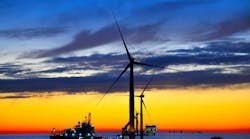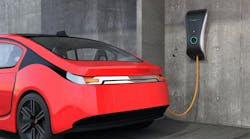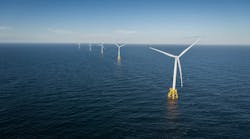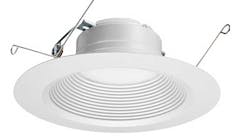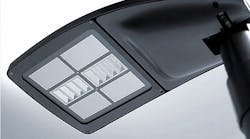Because of the relatively low efficiency of incumbent downlight technologies in residential, hospitality, and commercial lighting, downlighting was among the earliest lighting applications where LED offered competitive performance. Now, with 44,000 registered LED downlights in the DOE Lighting Facts database, DOE released its latest CALiPER Snapshot on this line of lighting.
The 6"-aperture "recessed can" is the predominant type in the database, but the downlight category on LED Lighting Facts includes a wide variety of products – there are round or rectangular apertures ranging from approximately 2"-12" in width and standard integrated-LED downlights, as well as retrofit kits that are intended for insertion into an existing housing. With output ranging from a few hundred to more than 10,000 lumens, it's clear that the products in the downlight category are intended for a variety of applications.
The Snapshot found that across all products listed with LED Lighting Facts, average efficacy gains continue to track at approximately 10 lm/W per year. The growth rate is slowing for luminaires but increasing for lamps. The efficacy of LED downlights is lower than that of most of the LED luminaire types but higher than that of downlights using conventional sources. The mean efficacy for LED downlights has increased by just 8 lm/W over the past 20 months.
Also, in contrast with other LED luminaires, the mean input power has dropped for LED downlights over the past five years, and the mean output has only increased slightly. DOE also found that LED downlights tend to offer better color fidelity than other LED product types, with 38% offering a CRI greater than 90.
Today, based on photometric performance alone, DOE said, there appears to be a downlight to fulfill just about every need. “It's reasonable to suggest that the downlight category has stabilized, after being one of the first market segments to see viable products that clearly beat the competition from other source types. With a current mean efficacy of 68 lm/W and some products reaching as high as 120 lm/W, LED downlights are substantially more energy efficient than are halogen or CFL downlights.”
Full report is available here: CALiPER Snapshot Downlights

